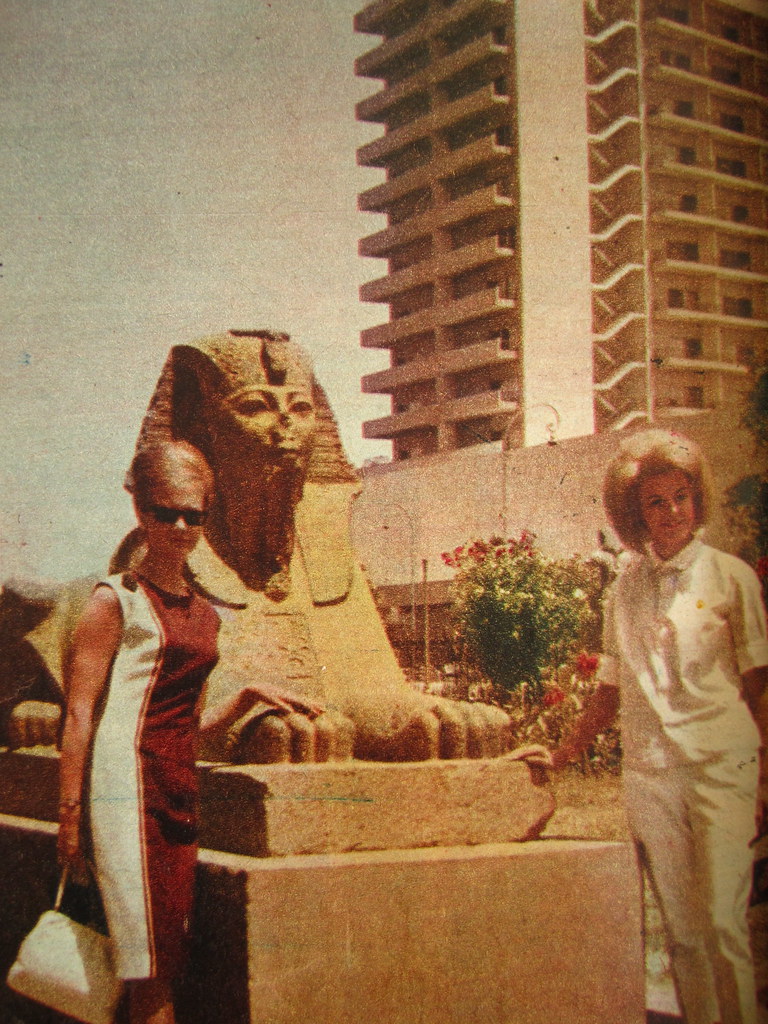We also stopped by the Medusa Glass Museum, which is a stunning private collection of ancient glass hosted in a charmingly restored Antep house.
It's hard to overstate the quality of the materials - the place is packed with Roman glass and jewelry. It's all completely unprovenienced, of course, and no doubt was all pulled from tombs by looters not too long ago. Not sure how they got the collection legalized.
Seriously, check it out. There's three floors of it: perfume bottles, wine jars, oil bottles, and water jars, all in ancient glass. The quantity and quality is stunning.

Despite the quality of the stuff on display, but there's a total lack of quality control on the labels, with hilarious results. This one is labeled 'ROMAN TIME SEXUAL OBJECT'.
Now look, I'm willing to call a dong a dong, as in the Swedish archaeo-dildo controversy last year. But these aren't phallus-shaped at all, and believe me, the Romans were not shy about realistic depictions of the phallus. (And, I gotta point out that this looks like a real uncomfortable dildo.) In fact, these look to me like the glass rods used as raw material in glassblowing, given a little 'extra imagination'.
Then we have this thing here, which is labeled 'BREAST PUMP, 2nd Century AD'. I have no idea what this particular vessel is for, but I'm pretty sure it's not a breast pump.
Here's another howler, though you have to be a nerd to laugh really hard: 'PALAEOLITHIC TIME AXE, 3500 BC'. It's made of METAL, dumbass! The Palaeolithic is the 'old stone age'! There was no metal stuff! Plus, it ended about 20,000 years ago in this area. Obviously whoever wrote this got confused with the Bronze Age, but even then 3500 BC is still way too early.

And that axe head doesn't even fit the mold! Who knows, it could be modern, or a fake. There's no way to know.
Though I commend the creators of this museum for having information panels, they apparently used Google translate or something for the English, because it's hilariously incomprehensible. In all, I was left both thrilled by the stuff on the shelf and horrified by the inanity of the people who own it.
Now, I'm not saying this to rag on Gaziantep or Turkey, but rather to point out that private collections are prone to this kind of thing. When I was a kid I remember going with my grandfather to a lot of private galleries and homes with large collections of cool, weird, sometimes ancient artifacts. Inevitably these things were put together by super-enthusiastic collectors who loved the objects but had no idea about their history, and so just made up their own interpretations.
Now there's lots of art market types out there, like say the Getty Foundation's new director, who would like to make it easier to buy and sell antiquities. They run under the assumption that private collectors are all smart, sophisticated, fancy people who are just as good stewards of the past as a public institution or nation-state - therefore we should jettisoning protections against looting and loosening the scrutiny of stolen antiquities. Now, I'm a critic of the mania for state ownership of cultural property too, but let's be real. For every collector who is a highly educated aesthete with impeccable knowledge of ancient history, there's an uninformed dumbasses who can't tell a dildo from a doorknob. With these people you get bad conservation conditions, poor information for visitors (if visitors are even allowed to see the stuff), and ample room for the kind of hilariously ignorant fantasy we see here.
As I've said before, it's not just a question of being pedantic about ancient history. The truth about the past is COOLER than bullshit, and it can mean something to people. Letting random people make up whatever they want about history might be a good business model (see the 'History' channel), but it's a disservice to the future.























